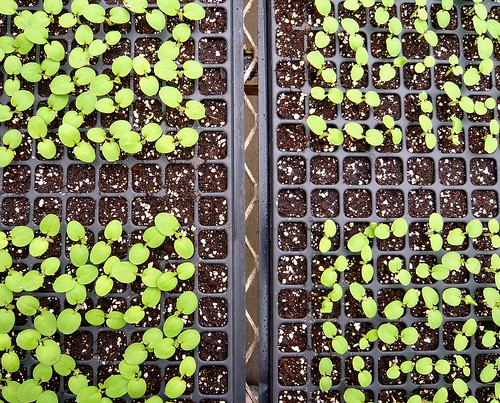
By this time, you just had finished building the raised garden plot. Straws, especially when not pre-soaked while submerged in water, are not absorbent. You have ample time to set up your seedlings.
And the next thing to do is to prepare the vegetable seedlings that you are going to plant on your mix through process of transplanting.
It is better to transplant seedlings rather than use direct seeding. Seeds may sprout anywhere or can get lost in the hay mix. It would be such as waste because the plot you built is rich with organic materials and appropriate for intensive gardening. This means more plants can be placed closely to each other and still grow healthy together.
Before you buy seeds, you must read the information at the back of the packet. Follow the indications about the best months to plant certain vegetables. Do not plant winter vegetables during summer, and vice versa. However, there are vegetables that you can grow all year round even inside the house.
Seeds need water, air and warmth. Germinate your vegetable seeds in shallow containers filled with light and slightly loamy soil that holds moisture. Most vegetable seeds germinate at about 6 to 20 days; and others in 4 to 5 weeks.
For easy transplanting, germinate your seeds in trays that have individual pot-like spaces for each seed so that seedlings will be pulled out without destroying any of the baby roots. Use peat or fibrous planting mix.
Choose high-quality seeds even if a bit expensive to ensure a healthy yield from your vegetable garden.
No comments:
Post a Comment